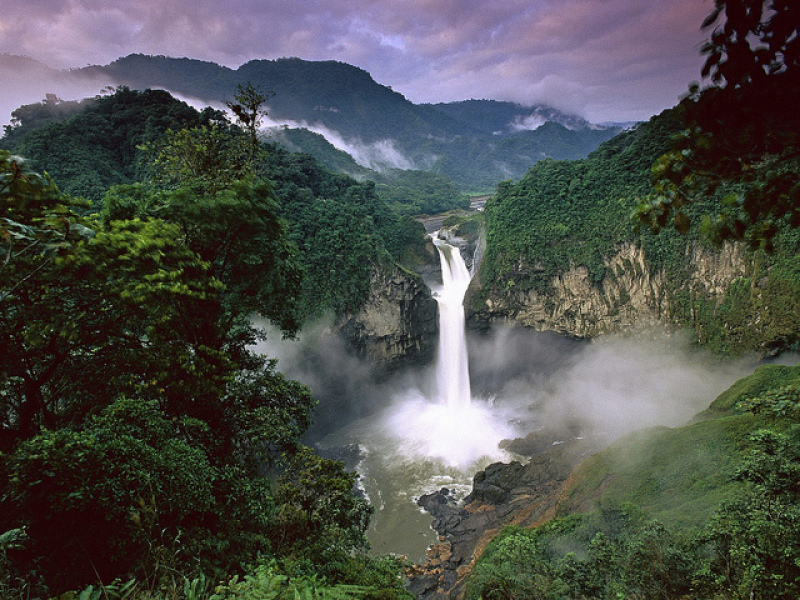
Researchers warned that over half of the tree populations in the Amazon could be wiped out if proper measures are not taken for their conservation.
According to their study, this effect could also be mirrored in other rainforests around the globe.
For the study, the researchers used data compiled through forest surveys and deforestation reports on the Amazon. Through their data, they were able to estimate that there are over 15,000 different tree species in this dense rainforest.
However, due to various factors, 36 to 57 percent, or about 8,690 tree species could disappear or face extinction, The Guardian reported.
According to the researchers, the tree diversity of Amazon has been facing deforestation problems since the 1950s.
"We aren't saying that the situation in the Amazon has suddenly gotten worse for tree species," Nigel Pitman, co-author of the study said in a press statement. "We're just offering a new estimate of how tree species have been affected by historical deforestation, and how they'll be affected by forest loss in the future."
Despite the deforestation, the researchers noted that over the years, several parks and reserves have been established in the Amazon. Aside from offering protection to native animals, these areas also help in the conservation of the remaining tree species.
"This is good news from the Amazon that you don't hear enough of," co-author Hans ter Steege said. "In recent decades Amazon countries have made major strides in expanding parks and strengthening indigenous land rights. And our study shows this has big benefits for biodiversity."
However, even though the number of parks and reserves has increased, the researchers said that these are still not enough to protect the trees from various factors. Illegal logging, mining, droughts, wildfires and construction projects still threaten the tree populations in the area.
As a solution, the researchers said that the countries holding the various regions of the Amazon rainforest should carry out their own projects and conservation efforts that are geared towards the protection of the trees.
These include implementing a management and budget plan to expand protected areas, enforcing strict laws against destructive man-made activities and appointing local experts to help look after the conservation of the tree populations.
"It's a battle we're going to play out in our lifetimes," co-author William Laurance said. "Either we stand up and protect these critical parks and indigenous reserves, or deforestation will erode them until we see large-scale extinctions."
The study conducted by the research team was published on November 20 in the journal Science Advances.



















